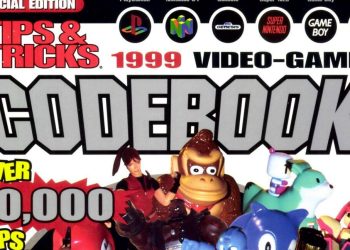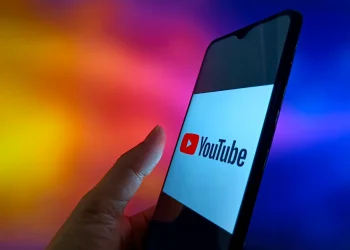If you’re reading this, then you’re probably one of the “hyper-enthusiastic, price-insensitive gamers” who keep the video game industry going.
In fact, according to a study by the analysis firm Circana, around a third of video game players in the United States buy a new game less than once a year.
While this research is specific to the United States, it is certainly indicative of the state of the industry across the globe. And with 12% of them buying once a year and 18% once every six months, that means a total of 63% of gamers only buy two or fewer games each year.
The research is part of Circana’s investigation into the future of gaming in Q3 2025, shared on social media by analyst Mat Piscatella.
“Hyper-passionate, price-insensitive gamers are really driving things forward, especially in the non-f2p gaming space,” he said.
Hyper-passionate, price-insensitive gamers are really driving things forward, especially in the non-f2p gaming space. According to Circana’s Future of Games Q3 2025 study, only 4% of U.S. video game players buy a new game more than once a month, and a third of gamers don’t buy any games at all.
(image or integration)
— Mat Piscatella (@matpiscatella.bsky.social) October 2, 2025 at 5:54 p.m.
Manage cookie settings
This is interesting timing for the data following the recent Xbox Game Pass price hike. If, on average, gamers spend, say, £140 on two full-price games (or less) each year, is spending around £275 a year (£22.99 for 12 months) on Game Pass Ultimate for access to day one games really a good deal?
These days, there are more games released than ever before, but if gamers only buy a few – and let’s face it, those will be games like EA FC, Call of Duty and inevitably GTA 6 – how can small studios hope to survive?
And that’s outside of free-to-play live games, where only a handful of games continue to dominate players’ time.
It would seem that the 14% of gamers who buy at least one game each month are the ones keeping the industry afloat right now, but that’s by no means an infinite pool of money for studios to aim for. This is the reason why the growth of the sector has stagnated in recent years: it is these average players that we must reach.
For “hyper-passionate” gamers, subscriptions like Game Pass therefore offer good value for money – but not ownership. But how can we make this more attractive to the average consumer?
This certainly helps explain Microsoft’s “Everything’s an Xbox” approach, aimed at lowering the barrier of entry for the average consumer. This is also why Amazon is now looking to strengthen its Luna cloud gaming service.
And what does this mean for the future of console gaming? Eurogamer asked the experts, and it’s not all doom and gloom.









